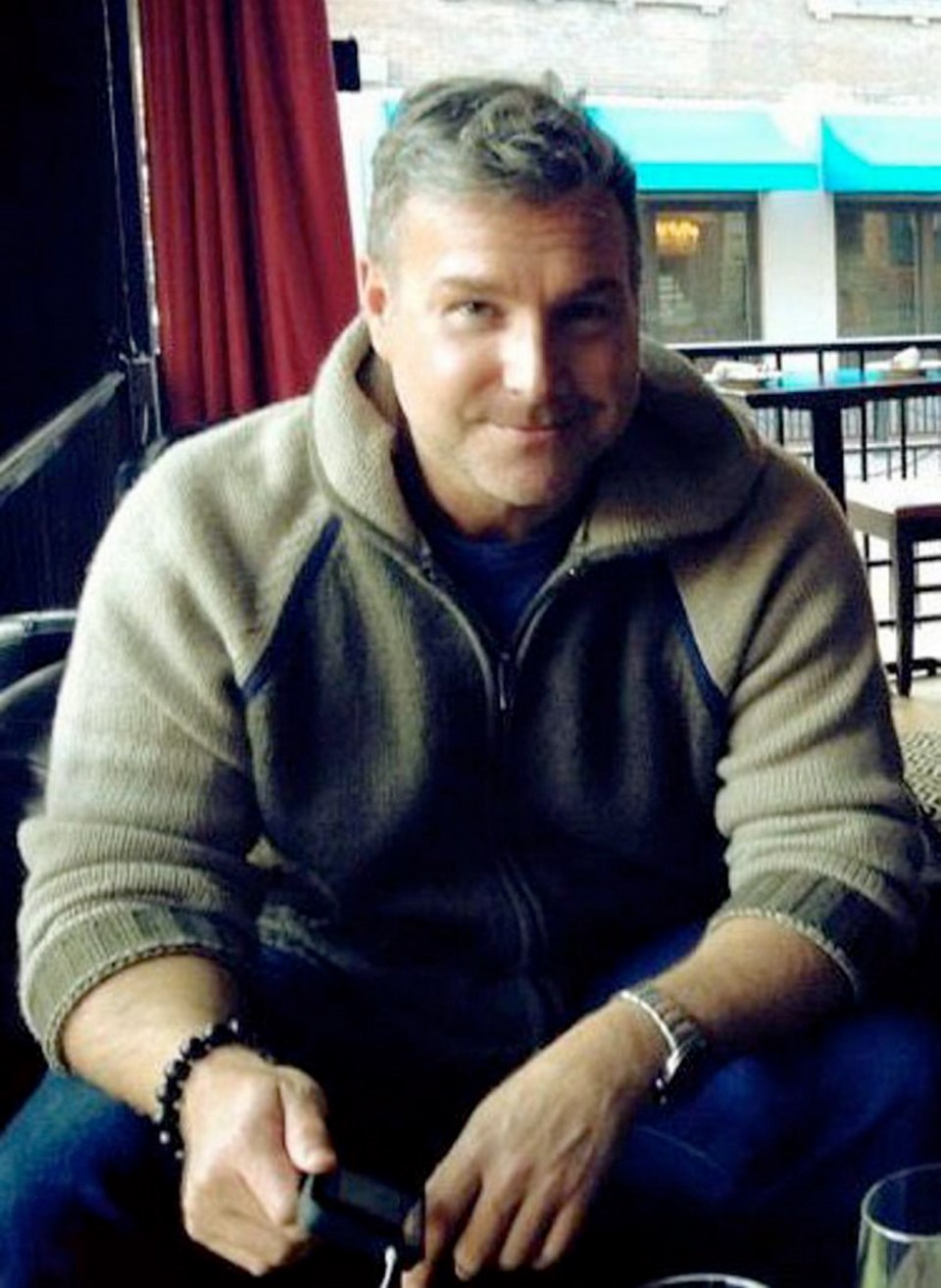Cpl. Kelly Risling thinks the least he can do for someone who dies in anonymity and stays without a name year in, year out, is try to solve the mystery of who they are.
The head of the RCMP’s Unidentified Human Remains Unit works hand in hand with the B.C. Police Missing Persons Centre to help families find out what happened to their loved ones, no matter how long ago they went missing.
It took nearly 21 years to solve the mystery of the man who was found dead on View Street on Oct. 22, 1994. Kenneth William Boseley was publicly identified in July. But that leaves still unidentified 181 other bodies found in B.C., the highest number in any province, said Risling, who estimates there are 350 unidentified bodies in Canada.
The oldest B.C. case on file dates back more than 50 years to 1962 in Lillooet, and the list includes a baby abandoned after birth. On or near Vancouver Island, the oldest of 25 cases dates to 1972 in Ganges, on Salt Spring Island.
“At VicPD, we have only one file that I know of, and it is from 1988,” said Det. Const. Chantal Ziegler, who was instrumental in confirming Boseley’s identity. The body of the Caucasian male was found in bushes along Dallas Road on July 18, 1988. He was estimated to be 50 to 60 years old, five-foot-nine and 180 to 190 pounds, with shaggy grey hair and long sideburns.
There were no signs of foul play.
In B.C., there are a total of 2,455 missing persons — 2,003 males and 452 females, Risling said. Of those, 500 to 550 are attributed to Vancouver Island, but the number changes daily. Although 13 per cent of Canada’s population resides in B.C., about 25 per cent of the country’s 7,460 missing persons are from this province. His unit is attached to the RCMP’s E Division Major Crime Section.
When remains are found, they are sometimes so badly decomposed that gender cannot be established, Risling said, but the majority turn out to be male.
“Men often have a higher-risk lifestyle,” he said, and are more likely to take chances that result in accidental death.
B.C. attracts some people from other parts of the country who are trying to avoid arrest warrants, Risling said.
“Some months, we won’t have any identifications and then two or three are made quickly a few months later, depending on the flow of information from B.C. police agencies,” he said. “Right now, my unit has the largest file load out of any unit under the RCMP major-crime umbrella — I know for sure in British Columbia, and I would venture to say in Canada.”
B.C.’s Identification and Disaster Response Unit is one of the only specialty coroner units in Canada. Police refer missing-persons files to the unit once all other means have been exhausted as to the identity, said coroner Laurel Clegg, manager of the unit.
“Our ultimate goal is always dignity for the deceased,” she said.
Police are responsible for missing persons; coroners have authority over unidentified bodies, whether or not a homicide is suspected. In recent years, the two services have been working together more closely.
“A lot of what is happening in B.C. is going countrywide,” Clegg said.
Part of the Office of the Chief Coroner in the B.C. Ministry of Justice, Clegg’s unit was developed in 2007 by coroner Stephen Fonseca. Risling now has had two constables assigned to work with him, a marked improvement from the past.
“What’s new about identifying human remains is not about new technology,” Risling said. “Basically, it’s a new era of co-operation between RCMP and the coroners’ office.”
That, he said, ensures as much information as possible is collated, accessible and shared about bodies that are unidentified and people who have been reported missing. Because after “a sufficient amount of time and degradation,” even DNA can no longer work in identification, he said.
“In the old days, when it came to investigating missing persons and unidentified bodies and trying to make a correlation between the two, it came down to a police officer’s memory,” Risling said.
“There was really no accurate means of keeping track of these things. A policeman would have to have in his mind the missing persons who came across his desk and also be aware of any unidentified bodies that happened to be floating through the system.” Given other pressing daily police tasks, missing persons would sometime “float over to the side,” he said.
Now there are many more facets to providing information to identify both missing persons and unidentified remains, he said.



